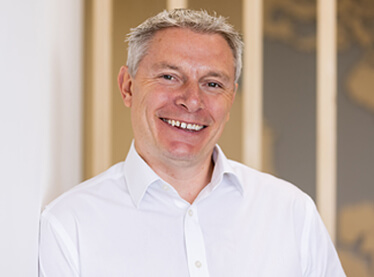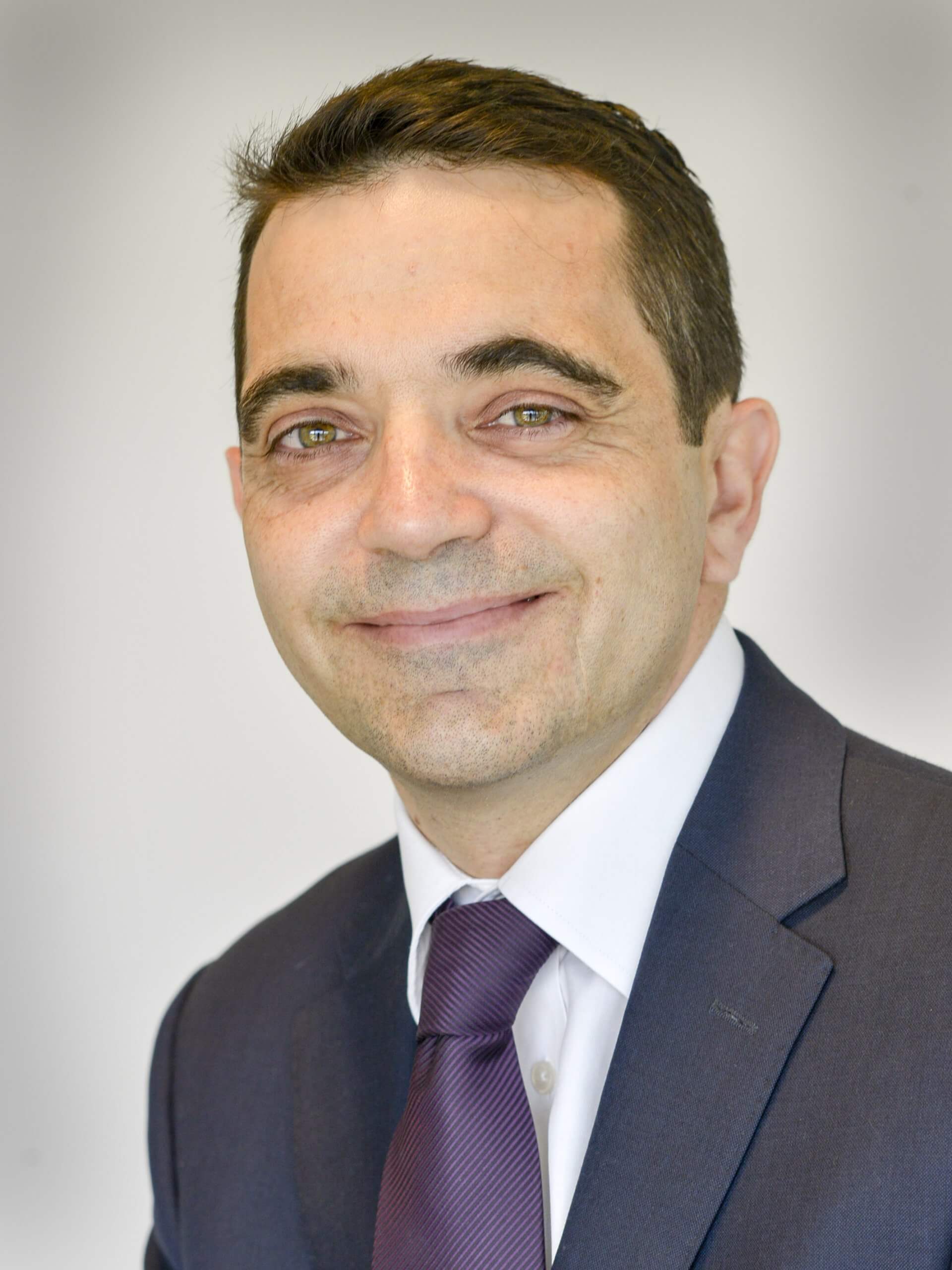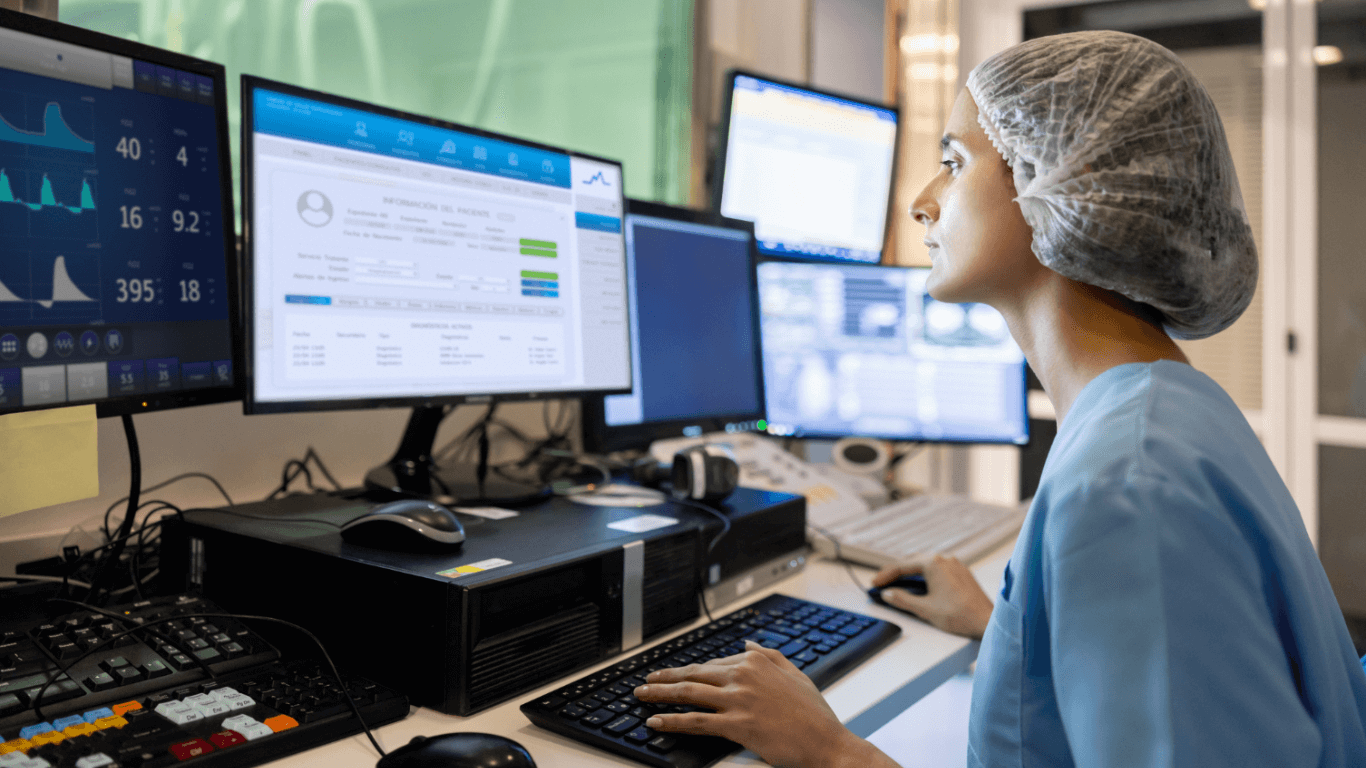
The vital evidence needed to improve patient outcomes
Richard Armstrong, head of registries at NEC Software Solutions UK, examines how real-world evidence, underpinned by accurate and comprehensive information, would allow healthcare professionals, pharmaceutical and medical device companies to understand, at scale, what works best and for which patients.
Thoughtful use of real-world evidence (RWE) has the power to revolutionise patient safety, clinical standards, and drive-up cost efficiencies, which is why it has become a priority for the medical and pharmaceutical profession.
RWE is the clinical evidence regarding the usage and potential benefits, or risks of a medicine or device derived from the analysis of the data collected on how it’s being used or is performing in a large-scale real-world setting. RWE answers the question of how well a medicine or device works in an average clinical or real-world environment.
Leveraging RWE will provide more timely access to broader and richer sets of information, and it’s increasingly being touted and acknowledged as a gamechanger in product research and development.
Although randomised controlled trials (RCTs) remain the gold standard of scientific evidence there is growing clamour for a more broad-based approach to accruing scientific evidence. As illustrated earlier this year by the FDA’s published analysis of 90 examples of the use of real-world evidence to support regulatory decisions.
Reducing risk
While traditional clinical trials play an essential role in developing the right treatments for the right patients, they only provide a partial view of what might occur within a mass market. Leveraging observational insight that is representative of diverse clinical environment where the treatment is applied outside of a more controlled setting in a clinical trial will add assurance and weight to the findings, as well as reducing the risk of negative outcomes when it enters the marketplace. This is especially true for the traditionally hard to study populations, like paediatrics.
Using RWE can help regulators, pharmaceutical companies and clinicians better identify trends and patterns in patient outcomes that will ultimately lead to better real-world answers (RWA). A larger, more accurate and comprehensive evidence base would enable healthcare professionals to determine with increased confidence, what works best, under what conditions and for who. For example, what type of heart valve performs best at scale on men over the age of 50 with additional underlying health conditions, compared to those over 50 who are otherwise in good health.
But for this confidence to not be misplaced, the collection of quality RWE is essential as it directly impacts on the reliability and relevancy of the information. Having recognised mechanisms and processes in place like those in a registry will be increasingly important going forward. The data held and analysed in registries can help play a vital role in the design and creation of new critical treatment pathways by measuring the effectiveness of drug, therapy, and implant interventions against a larger cohort of patients than is possible in clinical trials.
Increased safety
A study published by the Journal of the American Medical Association in 2017, found that a third of all FDA approved drugs were involved in a safety event when they reached the mass market. The study highlighted that most of the drugs were assessed during clinical trials of fewer than 1000 patients and when subsequently used in a real-world setting the problems happened.
This reinforces the inherent problem with clinical trials as they only represent a small subset of the population which can be further compounded if there is a degree of conscious and unconscious bias when selecting participants. Any pre-market clinical trial research activity is also controllable, which can further skew results. During a trial for example, the patients taking part will be regularly monitored to see whether they are taking their medicine or whether any adjustments need to be made. This does not happen at the post market stage.
The UK government is currently exploring how the MHRA could use technology to support its regulatory role across medicines and medical devices[v]. Projects like WEB-RADR demonstrate how new technology is being used to improve pharmacovigilance to ensure the continuous safety of medicines and devices. In 2013, analysis of social media showed a potential link between the drug guanfacine and hallucinations which ultimately led to the medication being relabelled to highlight the potential risks.
Greater leverage of RWE will help the scientific community reach a deeper and quicker understanding as to why differing populations react to treatment and interventions, which will improve clinical and regulatory decision making.
Quicker routes to market
In addition to its significant benefits in underpinning robust post market surveillance, RWE could be a key facilitator in accelerating products to market. A key consideration given the growing economic pressures associated with an increasing prevalence of age-related disease and the inflationary costs of medical care.
Smart sensors, wearable tech, social media, electronic medical records, product and clinical registries are rich sources of insight. Using the data they provide, will ultimately improve understanding of patient characteristics and the effectiveness of treatments and interventions on a wide scale.
The pandemic effect
The power of harnessing RWE was shown to great effect during the pandemic, and this has accelerated the shift towards using the evidence to scale up and complement the findings from randomized controlled clinical trials (RCTs).
The urgent need for evidence on medical treatments and interventions to combat the deadly virus could not be gathered from trials alone and this subsequently fuelled a growing interest in how RWE could validate findings from RCTs and speed up vaccination research and development.
Medical regulators around the world explored how collaboration and information sharing in relation to real-world evidence could be used to facilitate regulatory decision-making on COVID-19 treatments and vaccines.
During a workshop co-chaired by Health Canada and European Medicines Agency (EMA) in May this year, medical regulators reaffirmed the importance of using the real-world evidence. They agreed that the RWE generated by observational studies played a vital role in understanding the benefits and risks of medical interventions when used in clinical practice. Going forward there was a renewed commitment to the continuous sharing of data to achieve ‘a common understanding on the monitoring of their effectiveness and safety.’ An example of utilising RWE in action is how it helped inform which sections of the populations should be offered the Astra Zeneca COVID-19 vaccine for instance.
RWE has proven to be a vital weapon in the battle to control and curb the spread of the virus and inform public policy and health advice at pace.
RWE enables personalised medical care
New technology will aid the development of more personalised healthcare treatments. Advances in machine learning and AI will add to the medical community’s ability to make effective use of real-world evidence at speed. The technology will be able to extrapolate the data from multiple real-world sources so that clinicians can take a less generalised approach to patient care.
People are also more engaged in their own healthcare decisions and more on board with sharing data for research than ever before. But for RWE to be considered robust and reliable evidence, there needs to be systematic and rigorous processes in place like those set up in independent registries.
Up until now there have not been the technical tools to collect quality data at scale. However, advances in data analytics and artificial intelligence have now made it possible for more accurate and reliable insights to be gained from RWD sources.
Technological advances in machine learning can now identify and adjust for variables within the patient cohort when comparing reactions which makes it more feasible to draw on thousands of patient characteristics to understand what drives outcomes. This insight can then be used to improve predictive modelling. This modelling can then be applied at scale and across multiple data sets to increase knowledge of how the treatment can be predicted to perform against several different parameters. Consequently, the weight being given to RWE as scientific based evidence that is complementary to trial data is gradually increasing.
Putting RWE in Practice through Registries
Regulators are now recognising that clinical trial research data alone is not the answer. A recent example being the 21st Century Cures Act in the USA, which has mandated the need to explore the potential for RWE to inform regulatory decisions.
Real-world evidence already routinely captured during the routine care and treatment of patients, but outside the scope of a trial, is now being highlighted by regulators as a way in which to speed up regulation and bring a product to market quicker. Real-world evidence provides a wealth of additional insight on how the device or medicine can be used for other purposes or groups not monitored in the original clinical trial and therefore not part of the original regulatory decision. Nowadays, if the data has met certain criteria and conditions, then the RWE it has been drawn from can constitute valid scientific evidence. Registries are recognised as having the data collection and analysis infrastructure to support different types of trial designs such as RCTs and observational studies.
Given the costs of R&D and the human cost of health if something goes wrong it’s in everyone’s interest to draw insight from as large a pool as possible. If robust processes are in place, registries, and other sources of RWE can enable more effective post market monitoring bringing greater reassurance and assurance for patients, regulators, clinicians, and pharmaceutical companies.
The National Joint Registry (NJR)16 holds over three million records and is the largest registry of its kind anywhere in the world. Since submissions are mandatory it has the coverage and scale that gives the medical community confidence in the evidence to know what will and will not work in the real-world. The NJR captures granular aspects of implants and it’s all these different aspects of the data that lend it power to analysing and comparing outcomes. As the granularity of information being captured enables a greater understanding of when variations are identified, what is causing them.
RWE can be also used to understand how a high-risk procedure is performing within a real-world context. For example, the National Vascular Registry is collecting data on an implantable device designed to prevent abdominal aortic aneurysms. This is where having real-world evidence at scale could greatly assist in plotting the long-term outcomes of the procedure against a larger coverage of the population than is possible within a traditional clinical trial setting.
Having a good feedback system in place is also hugely beneficial. Learnings extrapolated from the real-world data can be fed back to the hospitals and clinicians to improve clinical practice and patient outcomes.
International standards
We’re beginning to see more international registries standardising on a data set so that insights can be pulled together in a comparable way.
The International Medical Device Regulators Forum (IMDRF) has encouraged medical device regulators since 2011 across the globe to work together to accelerate international medical device regulatory harmonisation and convergence, which of course standardisation of data plays an integral part. Their direction of travel supports the use of registry data, real-world evidence where there are robust processes in place to capture and analyse it.
Ultimately the power of the data is in its volume, so the more quality data collected the more statistical confidence there is in the findings. Seeing the true global picture of how a device or medicine is working in real life could bring about real change for patients. As we know there are anatomical and genetic differences across different world populations as well as environmental, economic, and societal ones. So, seeing how effective or not, various treatments work across world populations could have significant cost efficiencies for healthcare systems, as it is not safe to assume they will work in the same way.
The Holy Grail
Real-world evidence is of strategic importance to several key stakeholders: –
- Pharmaceutical companies and medical device manufacturer who have interest in accelerating the route to market, with robust post market surveillance.
- Healthcare providers who can use RWE-derived findings to make more informed patient led decisions that will improve patient care.
- Patients, as an increased number of which, will benefit from more medical therapies being available and effective quicker and at scale.
- Regulators who can utilise the RWE findings to verify and expand on the clinical trial data findings, which has a direct relationship and effect on all the other stakeholders mentioned.
Clinical trials can be narrow in scope due to practical challenges, like cost or location, so being able to leverage RWE drawn from a wider population is hugely beneficial. As the population ages, the challenge of delivering medical interventions within the constraints of time and budgets increases. RWE is a powerful weapon in the arsenal to achieve quicker pre-market access and more robust post market monitoring.
The evidence is there for the taking.


